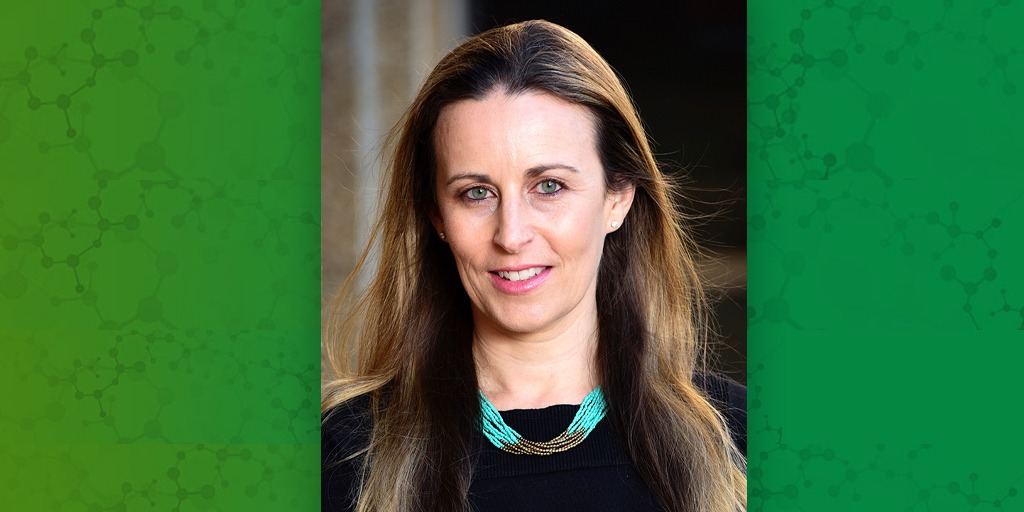The U.S. Environmental Protection Agency (EPA) asked the National Academies of Sciences, Engineering, and Medicine to study the variability of data from animal tests for chemical safety and the relevance of such data to human health. On Dec. 9, the National Academies panel on “Variability and Relevance of Current Laboratory Mammalian Toxicity Tests and Expectations for New Approach Methods (NAMs) for Use in Human Health Risk Assessment” held a public workshop to hear from stakeholders. Participants shared their needs and expectations for toxicity data used to inform chemical safety decisions, and they discussed how data variability affects research methods.
Nicole Kleinstreuer, Ph.D., acting director of the National Toxicology Program Interagency Center for the Evaluation of Alternative Toxicological Methods(https://ntp.niehs.nih.gov/pubhealth/evalatm/) (NICEATM), is a member of the National Academies panel. Environmental Factor spoke with her about the National Academies study and how this project fits into other ongoing NICEATM activities.
EF: What were your impressions of the workshop?
Kleinstreuer: The speakers raised provocative questions that will help direct the panel’s efforts to address the charge provided by EPA. Several discussions focused on what the variability in animal data represents. That is, does it arise from differences in animal biology that would be analogous to heterogeneity in the human population? Or is it simply a measure of inconsistency in responses due to variations in study protocols and experimental practice?
EF: Your office helps to promote alternatives to animal use for safety testing. How does your participation on this panel fit into that work?
Kleinstreuer: Variability in animal data has tremendous implications for development and acceptance of alternatives to animal use, or NAMs, for chemical safety testing. For many toxicity endpoints, an animal test is the only available reference against which to assess the performance of a nonanimal alternative. When you repeat an animal test, you often find that you get the same outcome maybe 60% or 70% of the time. That makes it unreasonable to ask a nonanimal alternative to agree with the animal test 80% or 90% of the time, which sometimes seems to be the expectation when the performance of the alternative is evaluated.
EF: Is there a better option for evaluating NAMs?
Kleinstreuer: I think so. Rather than comparing new methods to animal tests, human health risk assessment might be better served by focusing on whether NAMs are protective and are mechanistically and biologically relevant to humans. NICEATM and collaborators examined how this might work for eye irritation in a paper published last year. We found that in vitro models derived from human cells and tissues are more reflective of human biology and less variable than the currently used animal test.
EF: But animal methods have been used for a long time, and people are going to continue to compare new methods to them. Was there information presented at the workshop that could help researchers appropriately consider animal data variability in this context?
Kleinstreuer: Two excellent meta-analyses presented by David Allen [from ILS, the contractor supporting NICEATM], and Katie Paul Friedman [from EPA] proposed quantitative confidence intervals that could be considered when comparing NAMs to reference animal standards. This approach could provide a more realistic standard for evaluation of new methods.
EF: What’s next for the panel?
Kleinstreuer: The panel met again shortly after the December workshop to review what we heard and plan next steps. We will hold additional public meetings in 2022, and we expect to issue a report with recommendations late in the year.
Citation: Clippinger AJ, Raabe HA, Allen DG, Choksi NY, van der Zalm AJ, Kleinstreuer NC, Barroso J, Lowit AB. 2021. Human-relevant approaches to assess eye corrosion/irritation potential of agrochemical formulations. Cutan Ocul Toxicol 40(2):145–167.
(Catherine Sprankle is a communications specialist for ILS, the contractor supporting NICEATM.)
Source link
factor.niehs.nih.gov


